Eight weeks ago, I decided to create a challenge. This challenge is called the Protein and Greens Challenge, in which you eat protein and green vegetables for your primary caloric intake.
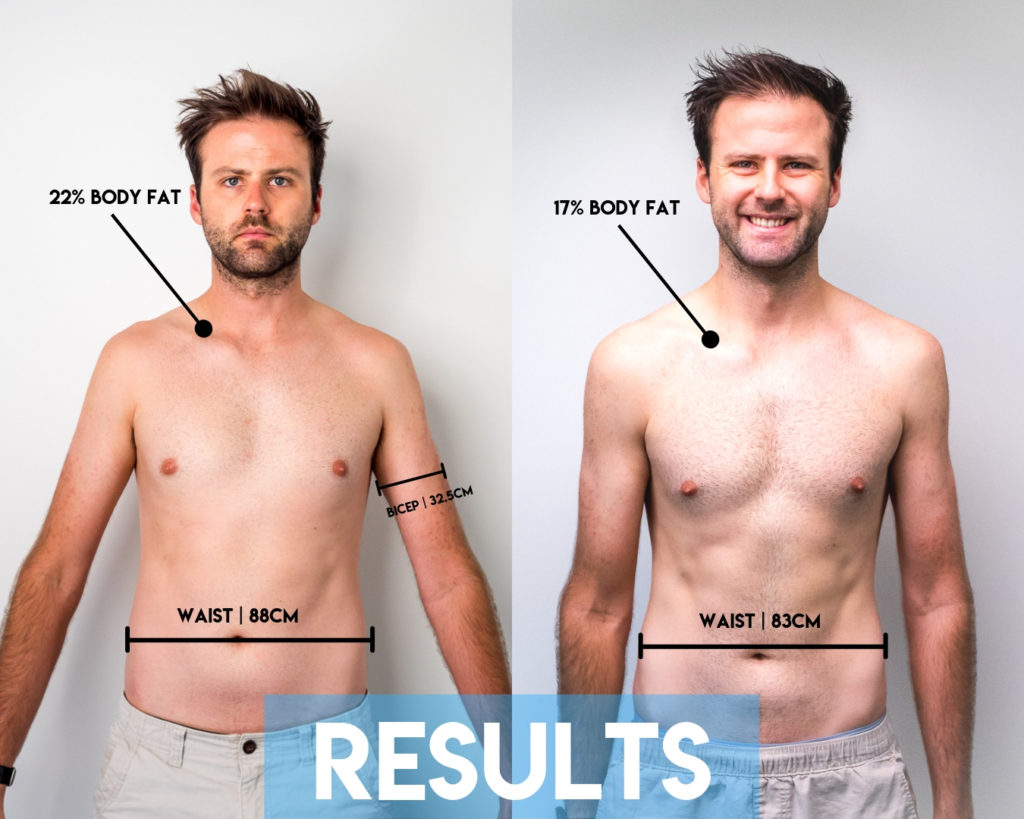
The idea and hypothesis behind this way of losing body fat are adapted from a concept called Protein Sparing Modified Fasting. This concept typically involves eating enough protein to maintain your lean body mass while ignoring almost everything else.
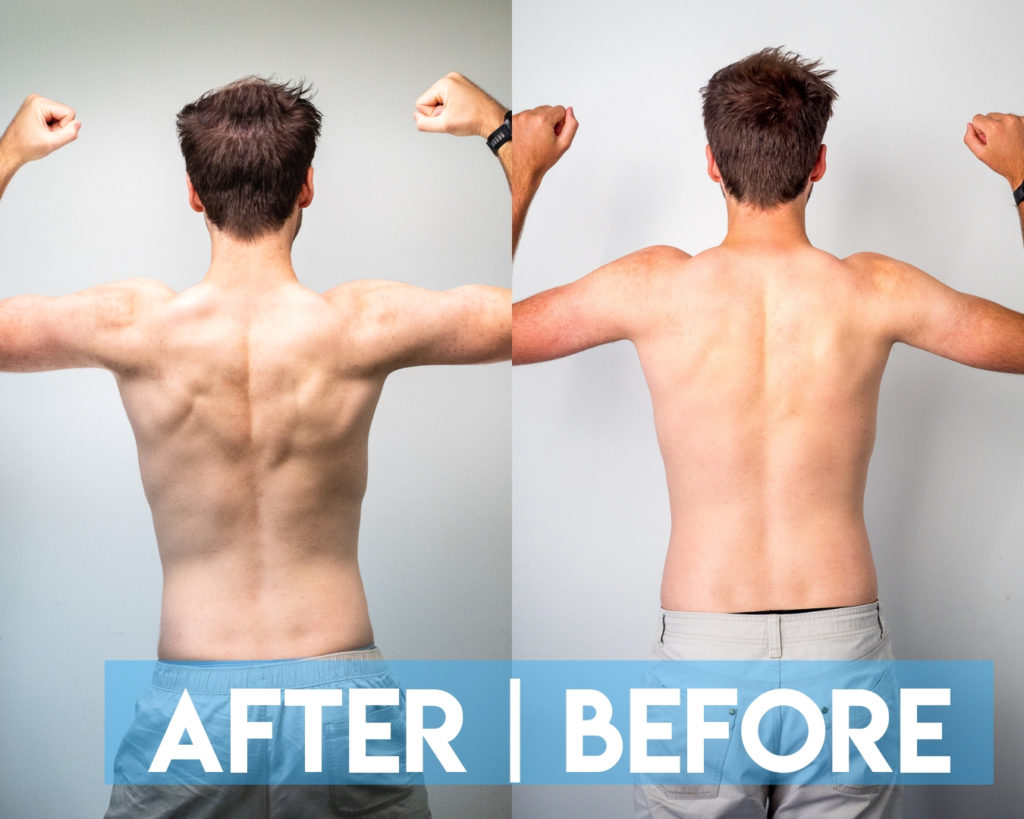
This approach differs from a strict ketogenic diet since instead of consuming 80% fats, you are consuming a specific amount of protein. Additionally, you are forcing your body to dip into your own stored body fat instead of using consumed fat for energy.
A standard Protein Sparing Modified Fast consists of eating lean protein in an attempt to force your body to use stored fat cells for energy. While this concept might work for some people, its long term results can vary due to the speed at which the weight is lost. (1)
Over the past eight weeks, I used a protocol called a Ketogenic Protein Sparing Modified Fast. Many people in the ketogenic community have spoken about this topic before, including Maria Emmerich, so I wanted to give it an N=1 test on myself to see what kind of results I could get over the eight-week time frame.
I used a Dexa Scan to monitor body fat compositional changes accurately (the gold standard of body composition), going from 22% body fat to 17% body fat in eight weeks.
As you might already know, following a ketogenic diet is a great way to reduce your body’s stored fat, whilst maintaining lean muscle mass from the high level of ketones present. This also aids your metabolism.
What you might not know is that you can apply some helpful tactics to a standard ketogenic diet so that you burn body fat instead of ingested fat. This would reduce your overall body fat.
If you don’t want to read this full post or find this information confusing, book a 1 on 1 consultation with me and I’ll personally help you figure out what is going to work best for your schedule and starting weight.
Before You Start
The calculations are quite simple, but there are a few key concepts that you have to understand before diving into a protocol like this. Please let me explain the following:
I’m not a doctor, so please speak with your medical practitioner/nutritionist before embarking on any such changes to your diet. I would consider this change quite drastic, so please inform those who need to know. I hold no responsibility for your actions taken from this information.
This post is designed for informational purposes only. If you would like to book a 1 on 1 personal consultation with me so we can design something specifically for you, I would be more than happy to do so.
I would not recommend this protocol for any longer than 8 weeks. If done correctly, you shouldn’t need to restrict calories like this for any longer than 8 weeks for effective results. Longer than this can cause metabolic damage.
Returning to normal caloric intake must be done slowly and with a professional’s supervision as rebound weight gain can occur with caloric restriction.
The Method:
Please keep in mind that these findings are based only on my results and do not reflect results that have been reproduced by others under my supervision.
The calculations are as follows:
Current Weight (in pounds) – Current Body Fat % = Grams of Protein Intake Per Day
My example:
Starting Weight: 190 lbs (86 kgs)
Body Fat % = 22%
190 lbs – 22% = 148.2 g
190 – 41.8 = 148.2 g
= Total Intake Of 148.2 g Of Protein Per Day
Remember, you must consume the actual grams in protein rather than just the weight of the food that contains the protein. In my case, I needed to make sure I consumed 148 g of protein from the various food sources I enjoyed. Most protein sources also contain a lot of water.
You’ll need a nutritional calculator to work this out, but generally, most meat sourced protein has around 23-30 g protein per 100 g weight. This will vary depending on the protein source, so I suggest you calculate this using Cronometer or some other food tracker.
I suggest you watch this video in order to get a better understanding of this concept before moving forward:
Phases Involved In The Protocol
I believe there are two distinct phases of this protocol. Before you start the first phase, it assumes that you have already been following a ketogenic diet for a while now or at least enough to become metabolically efficient at burning fat. If you have not followed a ketogenic diet for at least eight weeks before starting something like this, I suggest you follow one of my meal plans before starting this protocol.
Phase I – Protein-Focused Fat Adaption Phase (Week 1 – 6)
This phase is the main section of the protocol and lasts six weeks. During this phase, protein is the only macronutrient that is focused on.
Eating sufficient protein based on your calculations over two meals is done by implementing intermittent fasting over a 16-hour window, also known as 16/8 intermittent fasting.
So, this is how it looked for me:
AM: Black Coffee/Water
Lunch Time: First Meal
Dinner: Second Meal
No snacks, as this only complicates the process.
During your fasting window, you can have the following:
- Black Tea
- Black Coffee
- Water
- Electrolytes
No diet soda or sweeteners, but feel free to do whatever you like during the 8-hour eating window.
During your eating window, there are certain types of protein that you should aim for as they will give you a sustainable source of protein and fat to create a slight caloric reduction without a drastic decrease in overall energy intake.
Protein Sources To Focus On:
- Beef
- Pork
- Eggs
- Lamb
- Bacon
- Fatty Cuts of Fish
- Cheese
- Yogurt
- Chia Seeds
- Edamame
*As a general rule, if the protein is fatty, it’s allowed.
The protein is then accompanied by green vegetables. Don’t be shy and fill your plate with as many green vegetables as you like.
As a rule of thumb, you’ll still want to consume lower carb vegetables, but most green vegetables are low carb anyway so you shouldn’t have any issues with this. Just think, if it’s grown above the ground, you’re a-okay.
This video explains this concept in a simple, easy to digest format. I suggest you watch this first.
Phase II – The Lean Protein Final Phase (Week 7 – 8) (Optional)
The last phase of the #proteinandgreens protocol is aimed at getting very lean. If you are having trouble with phase I, I do not suggest moving onto phase II.
This phase compromises everything from phase I in that instead of fatty protein sources, you’ll be aiming for lean protein sources.
A word of caution: This phase may feel difficult because there is a large number of calories coming from the fat within the protein and satiety may not be fulfilled since you will be eating a leaner protein source. If you have a history with eating disorders, do not attempt this phase.
You may notice all the common symptoms that are present when eating below your caloric threshold, so if this is not okay with you, I highly suggest sticking with phase I for the remaining two weeks.
Protein Sources To Focus On During Phase II:
- Chicken
- Fish (salmon)
- Lean ground meats (90% beef/pork etc.)
Doing this for two weeks will be tough. It was tough for me to hold this throughout the weekends especially. I highly suggest tracking this phase through Cronometer, since it’s very different from a standard ketogenic approach.
How To Measure Body Fat Percentage:
Some people might have tried using a set of scales that measure your body fat through electrodes that they stand on.
To be honest, these scales are highly inaccurate and do not reflect body compositions well enough to see if any meaningful changes have occurred.
I have a set of these scales and they displayed 9% body fat for the entire eight weeks except for the very last day when it displayed 8.9% body fat. On the final day, I was in fact 17%.
The gold standard of body composition measurements is a scan called a DEXA scan. https://dexascan.com/
A DEXA scan gives you precise measurements and is actually measuring your body fat using a large device called a Dual Energy X-Ray Absorptiometry scanner as opposed to devices that only estimate your body fat percentage (like a Bod Pod or bioimpedance scans like the one in your scales).
This is what I used for the duration of the eight-week challenge, and I highly suggest you do the same.
I have been to two different Dexa Scan clinics in Brisbane. One is run by QScan and the other which is run by LifeClinic. While there was some difference in the age of the technology used, they are both very accurate ways to measure body fat, bone density and overall lean muscle mass.
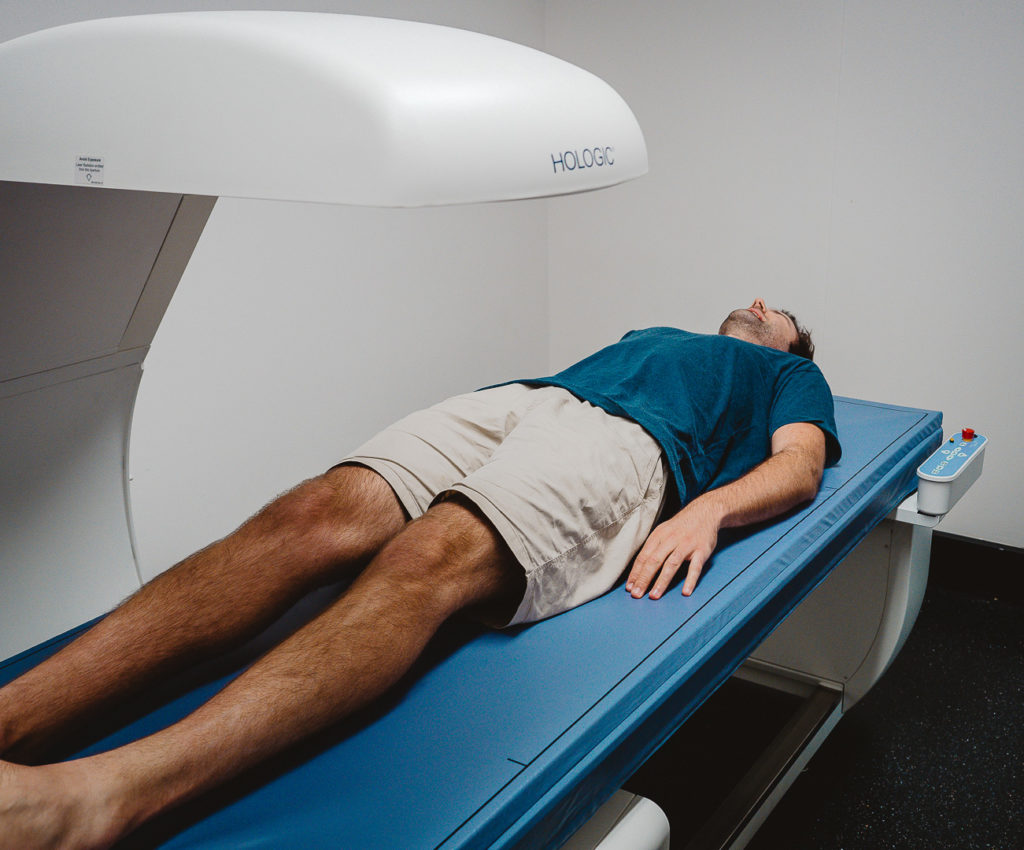
During a DEXA scan, you simply lie on a bed, where your feet are strapped together to avoid movement and a large scanning device moves and hovers over all parts of your body for around four minutes. Once the calculations are complete, you get a readout that looks something like this:
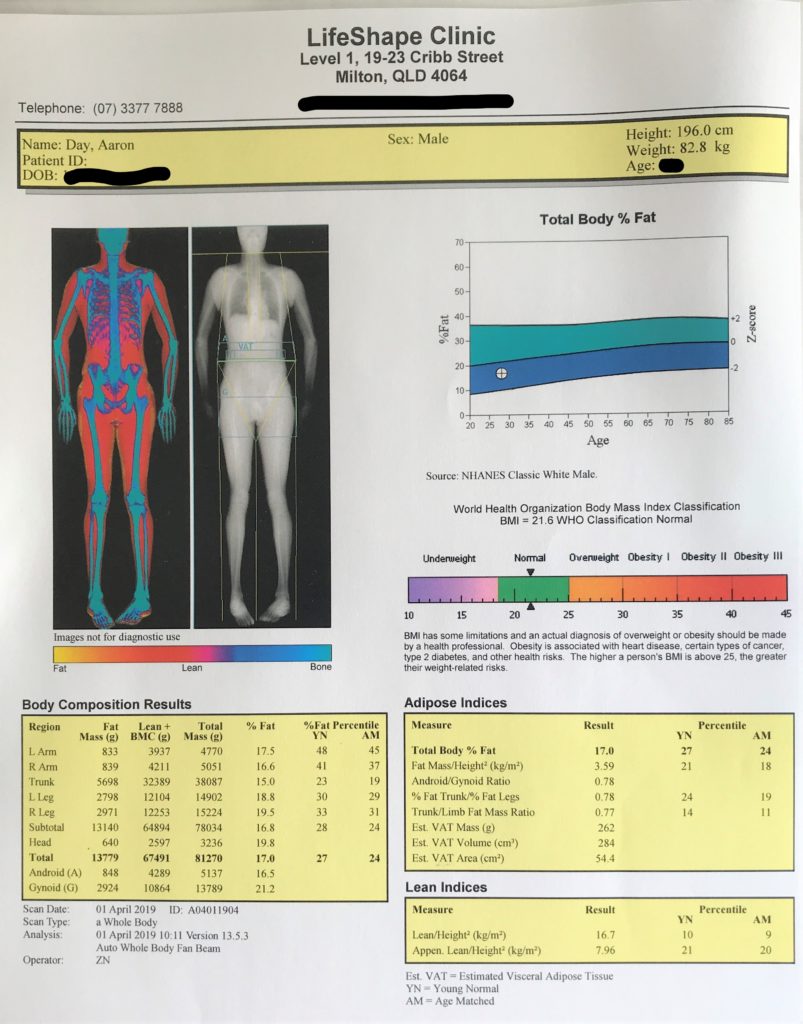
As you can see, it gives you very accurate readings on individual sections of your body. Getting a capture like this is useful only when compared with specific dietary changes. Each scan is important for making sure you are moving in the right direction.
I tend to recommend getting a DEXA scan done once every quarter if you’re looking to improve your body composition. I’ve had four scans done since my marathon last year in July, where I measured at a shocking 25% body fat.
Recipes and Real Life Applications:
During the eight weeks, there were weeks in which I followed this protocol strictly and some weeks were more relaxed.
During the week, I prepared a large cut of protein and divided it up into portions so that I knew exactly how much protein I was getting in each meal. I never worried about fat or carbs.
One week, I prepared a 1.4 kg cut of corned silverside, which was cooked in my pressure cooker for 1 hour until super tender, along with peppercorns, bay leaf and plenty of salt. I ate this with some tabasco sauce on occasion.
Eating out was not difficult. Most places serve steak with salad or a version of protein with vegetables. I was probably eating out two to three times per week and never had any issues.
A good general rule of thumb for eating out is that if there is absolutely no other option, have a cheat meal as it won’t affect your end results as much as you think. Being consistent with your intermittent fasting, protein goals and sleep habits have much more effect on your success than you think.
Exercise And Movement
During the experiment, I was following workouts from an app recommendation from Keto Savage called FitBod. During this time, I was lifting weights around two or three times per week, doing one HIIT session per week and occasionally riding my bike around the river. My total exercise time never exceeded four hours per week.
From my experience, my body doesn’t suit long sessions of cardio and I don’t think it’s necessary to increase cardio week after week in an attempt to lose body fat. If you are lifting weights, and you can increase those lifts during your eight-week challenge, then that is all that matters.
I’ve never been able to deadlift any weight over 100 kgs, but during this eight-week challenge, I was able to deadlift 150 kgs (that’s a 50% increase).
In fact, my gym performance went up dramatically and I contribute this to constantly eating enough protein per day to maximise muscle recovery, without consuming any excess. I can squat 100 kgs again and I’m feeling better than ever.
In conclusion:
If you are looking to embark on a similar challenge, then it’s very simple:
- Intermittent fast for 16 hours per day.
- Eat enough protein (see calculation method).
- Eat as many green vegetables as you want.
- Lift Weights.
- Get sufficient sleep.
If you are looking for a more personalised approach to this protocol then I can definitely help you out with this. By booking a session with me, we’ll be able to go through your current starting point and find an effective way to lose body fat around your schedule.
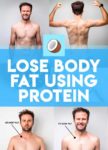


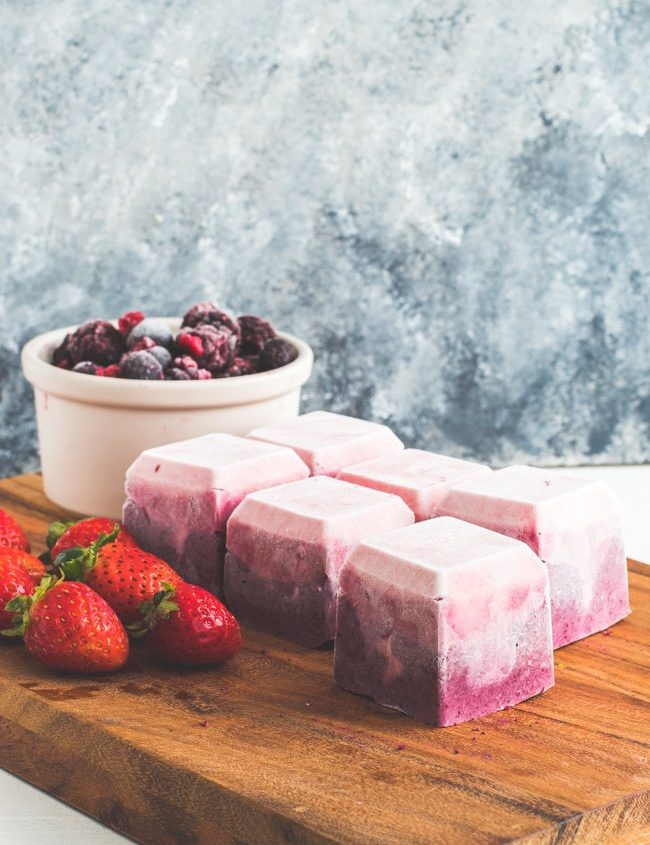








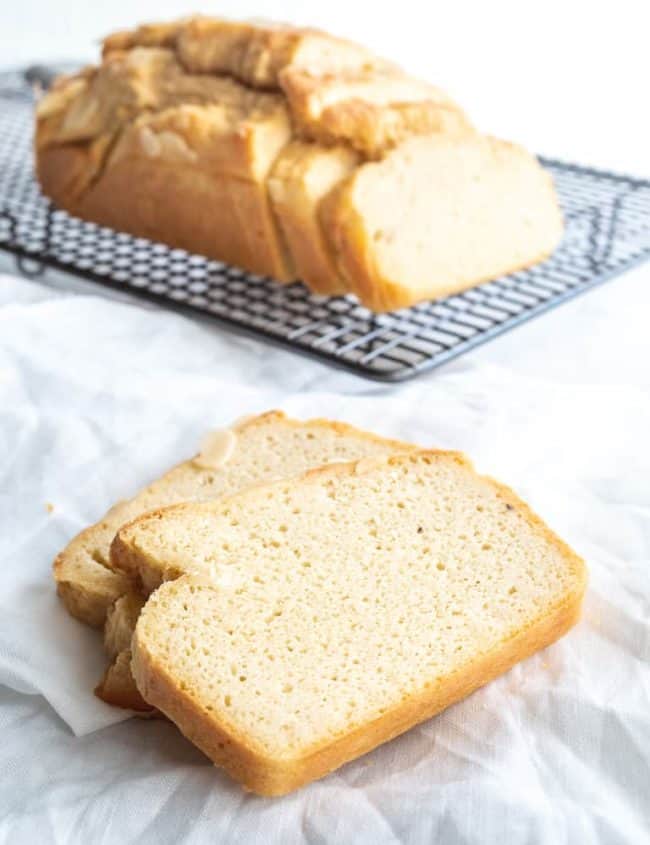
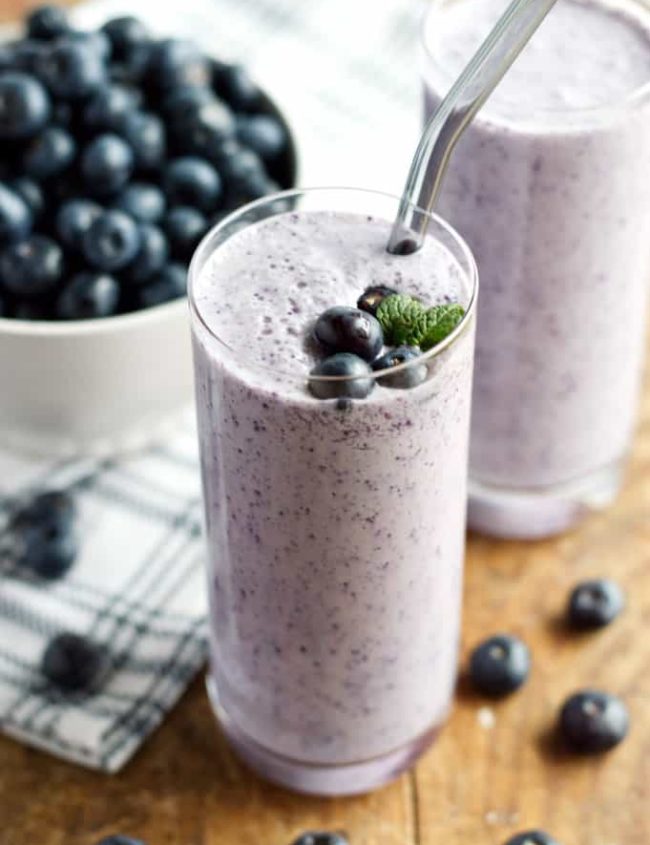
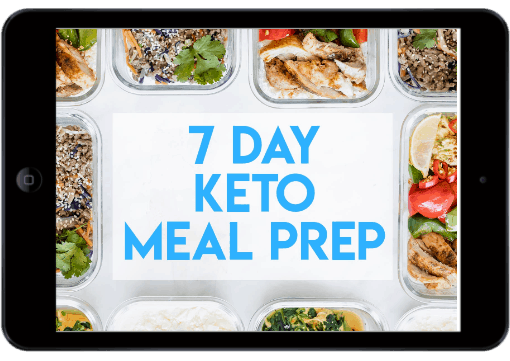
John-Robert Wilson says
Very helpful article, thank you, I’m 56, your training tips are quite valuable in my opinion. I starve for 18 hours, I always eat a lot of vegetables, I need to try to get enough sleep, and this is a difficult task. And here are some more useful tips I read in the article about the training plan on the site I think that health should be treated consciously. It is a fact.
Cat says
I can not seem to find the link for the one week protein and greens plan.
SKay says
Hi Aaron, Thanks for the great information. Are you just making up the caloric difference between your increased protein intake, and the (roughly) 40g total carb, with fats per a normal keto regimen?
I guess I’m really asking if, for example, at 59kg weight, and 54kg lean mass from a DEXA scan, I’d be aiming for 114g of protein, 40g or less of carbs, and I’d be looking to make up 9000kK (2150kcal) per day.
I train a martial art 2-3 times a week, walk 5-10kms a day and play pennant racquetball in between things. I also do callisthenics/HIIT type training 2-3 times a week of about 15-20 minutes at a session. My energy consumption would seem to indicate somewhere between 9000 and 10000 kJ a day.
I was looking to take up a similar challenge as I keep getting told I’m looking a little skeletal, but the keto approach has got me completely over an gastrointestinal autoimmune condition and I’m sticking to it permanently. My GP recommended the approach and it has been startlingly successful. A bit of extra lean muscle mass would be welcome I think.
Anyway, great info and YouTube video.
Cheers.
FatForWeightLoss says
Hi Skay,
You’d be looking at 170g fats per day.
hope this helps 🙂
Skay says
That’s pretty well spot on where I’m hitting Aaron. Thanks again, great read and a great video.